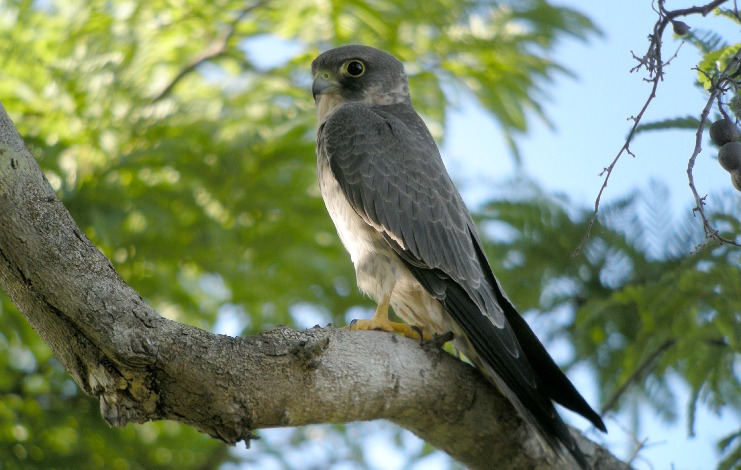Egypt is at the gateway between Africa and Asia, overlooking two seas with such amazing marine life that it would make a lot of countries jealous. But the same can also be said about its avifauna, which, strangely, doesn’t get as much attention but all you need to do is look up.
Egypt is full of amazing flying creatures to keep an eye out for; through the ages, different birds were forever immortalized on temple walls by Greeks, Romans, and of course Ancient Egyptians. They were treated with the utmost respect deifying some of them, including Thoth, the ancient Egyptian god of learning and wisdom, who had the head of an Ibis, and of course, there’s Horus, the ancient god of the sky, who had the head of a falcon.
So this article is here for those willing to aim their eyes to the heavens and see some of the magnificent birds on their next birdwatching journey this fall.
Plovers
Plovers love calling Egypt home, with many subspecies of the bird appearing in different parts of the country; including the Caspian Plover, which can be spotted in Alexandria, the eastern shores of Sinai, and several cities on the Red Sea, such as Hurghada.
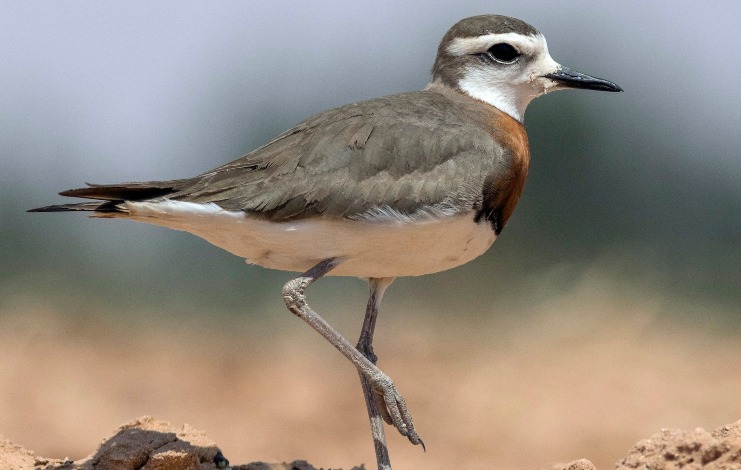
The Egyptian Plover is rarely seen in Egypt, unfortunately, but if you do, you’ll most likely see it in Upper Egypt; either on the banks of the Nile or in the mouth of Nile crocodiles.
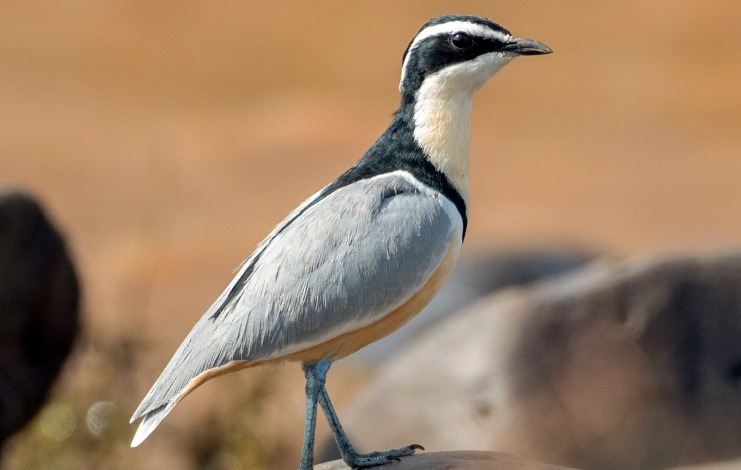

Another resident of the eastern shores of the country is Kentish Plover, which loves shorelines due to the abundance of food, appearing all the way from Ismailia in the north to Hurghada in the south and beyond, feeding on small insects in the area.
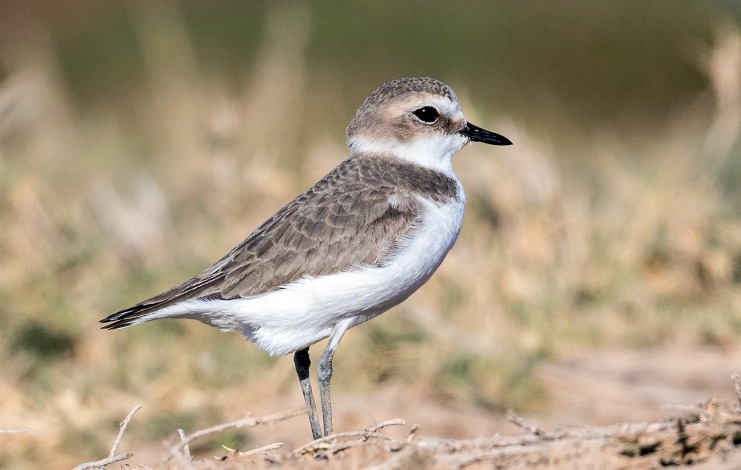

Common Swift
A dark medium-sized bird, the Common Swift can be found in Europe, parts of Asia, and Africa, with Egypt being no exception. This magnificent bird adapted to the presence of humans and the rise of the concrete jungles we call cities, as they now make their nests on tall buildings.
Swifts soar high in the sky, eating flying insects in the process, they also have an interesting method of drinking as they dive down to water sources and splash the surface to quench their thirst.


Barn Swallow
There are several subspecies of Swallows globally, and while people can mostly see them in Europe, Asia, and North America, there is a subspecies that’s a resident of Egypt too named the Hirundo Rustica Savignii. This lovely creature has a deeper blue hue than the rest of its counterparts, and keen birdwatchers can see them in cities, primarily those near the Nile, with several sightings coming from Luxor.
This navy blue bird has a gorgeous orange tan color on its belly, throat, and head, with some orange feathers mixed in with its blue coat. They love to make their nests in buildings close to the water so they can fly in the area, eating flying insects and bringing some for their little ones.
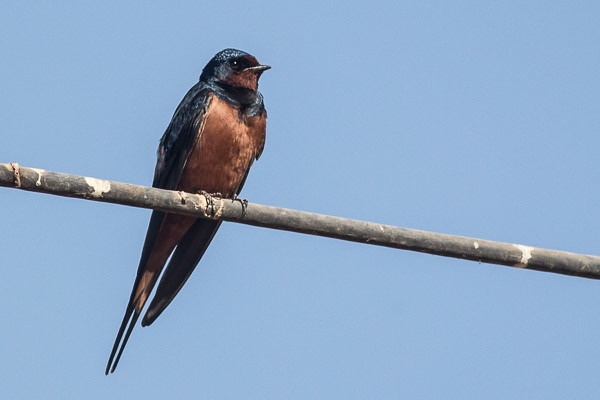

Osprey
Weirdly, even though many sighted the Osprey in every continent on the planet except for Antarctica it doesn’t appear in almost all North African countries but Egypt. A large bird of prey, this raptor has a white head and underbelly with dark brown wings and tail.
The Osprey loves the water, hence the nickname fish hawk; birdwatchers will see this gorgeous bird near either the Nile or a beach on the Red Sea. It will most likely be observing the waters from a high vantage point, stalking and hunting for fish; the raptor will then swoop down from its position, and attack the fish from above, taking its food to a secure location to eat safely.
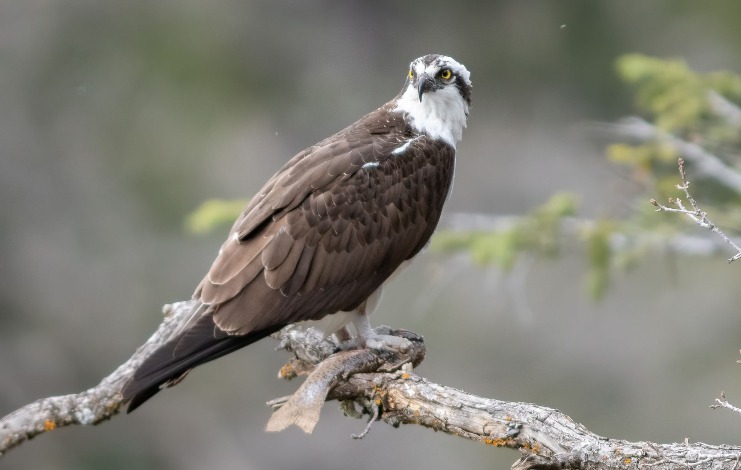

Egyptian Bulbul
Also known as the Common Bulbul and sometimes the Sahel Garden Bulbul, it’s a small bird, which has a white belly, yellow bottom tip, brown body, and a darker brown head. The Bulbul loves trees, that’s why birdwatchers will often find it in gardens, backyards, and wooded areas near bodies of water.
This little feathered friend loves to sing, which is why you’ll find it communicating with the rest of its flock hiding within the trees. During the fall, they’ll most likely start flying south, so you’ll find them in cities like Luxor and Aswan; on the other hand, during spring and summer, people can enjoy their music as far north as Alexandria and the Nile Delta.


Sooty Falcon
Getting their name for the color of ash and soot, this dark gray medium-sized falcon is majestic, it’s also quite social, leaving mountain caves for tall buildings where it nests and looks for prey.
During spring and summer, birdwatchers can see the falcon in the capital, Cairo, and as west as the Fayoum oasis, but during the fall and going into winter, the bird of prey will migrate to warmer climates in the south and southeast. Previous sightings include areas along the Red Sea coast, such as Hurghada, El-Gouna, and Sharm El-Sheikh.


We Said This: Don’t Forget… 5 Sharks You Might Encounter While Diving In The Red Sea


